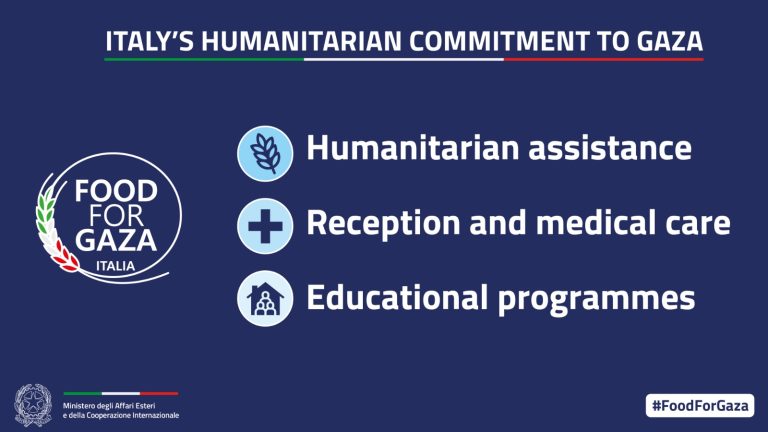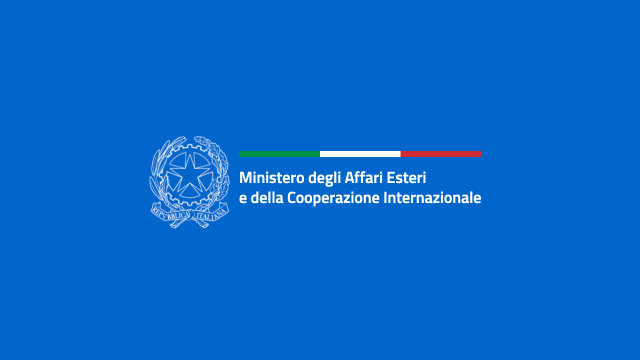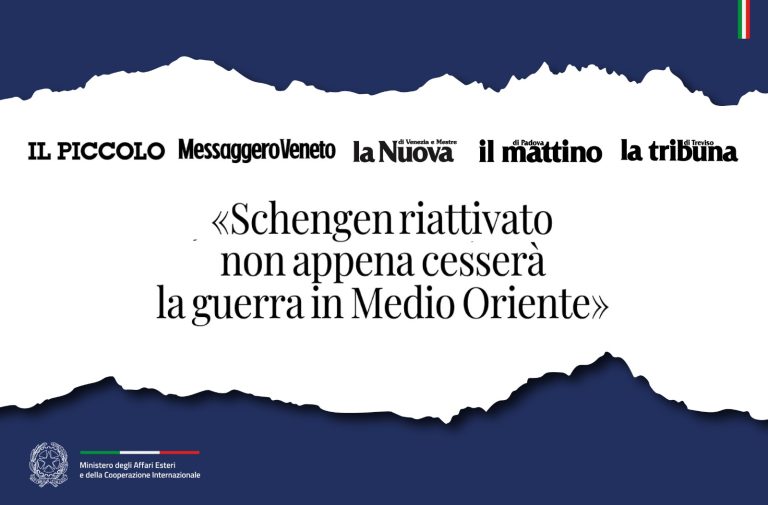The Algerian customs department recently published preliminary 2013 trade data according to which the trade surplus has been halved as compared with 2012, from 21.49 to 11.05 billion USD. Exports levelled off at 65.9 billion USD, as compared with 71.87 in 2012, a reduction of 8.28% associated with the lower price and export volume of hydrocarbon fuels (96.8% of all exports). Imports were up 8.89% to 54.9 billion USD due to an increase in investments and consumer goods. The trend is nothing new and is no cause for concern given the large surplus and major reserves accumulated, but it is indicative of the country’s medium to long-term fragility.
As the result of a major push in 2013, China surpassed France asAlgeria’s top supplier: Chinese exports to Algeria hit 6.8 billion USD, followed by France (6.3 billion), Italy (5.6), Spain (5.1), Germany (2.8), the U.S. (2.4) and Turkey (2.1). Algeria’s client rankings saw the United States slip from first to fifth place. U.S. imports were mainly in the form of oil, which found alternative outlets in 2013, such as Spain, which became the country’s main importer with 10.3 billion USD, UK came in third (7.2 billion). Italy took second place (9 billion) and France fourth (6.7 billion).
Italy halved its trade deficit with Algeria in 2013, from 6.3 to 3.4 billion USD. Italian exports grew by 8.71%, levelling off at 5.7 billion USD within a context in which Algerian imports showed a dynamic increase of 8.89%, resulting in a steady hold on our market share. Our imports fell by 21.8% to around 9 billion USD as a result of a substantial reduction in our gas demand, which was only partly compensated by the increase in exports, and therefore cost us our place as Algeria’s top trade partner, which was taken by Spain.




